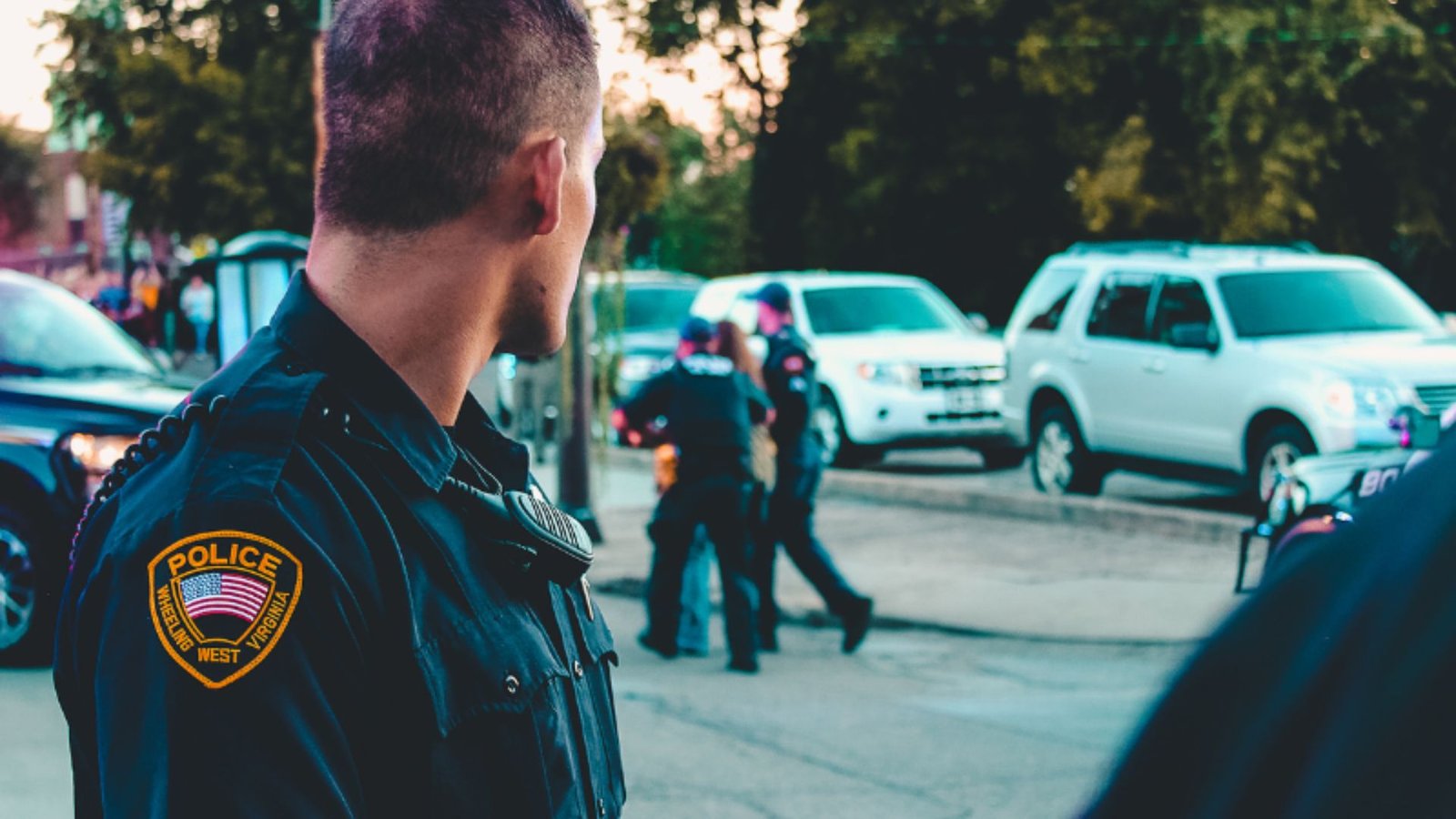The Role of Technology in Improving Public Safety
Technology plays a crucial role in enhancing public safety by providing innovative solutions to prevent, respond to, and manage emergencies. From advanced communication systems to predictive analytics and automation, technology is transforming how public safety agencies operate and protect communities. Here’s a detailed exploration of how technology is improving public safety:

Advanced Communication Systems
Enhanced Connectivity
Modern communication systems, such as FirstNet and 5G networks, offer robust and reliable connectivity for first responders. These systems ensure that emergency services can communicate effectively during crises, even in remote or disaster-stricken areas.
Real-Time Information Sharing
Technologies like mobile data terminals (MDTs) and computer-aided dispatch (CAD) systems enable real-time sharing of information between emergency responders and dispatch centers. This ensures timely and coordinated responses to incidents, improving situational awareness and decision-making.
Predictive Analytics and Data-Driven Policing
Crime Prediction
Predictive analytics use historical crime data and machine learning algorithms to forecast crime hotspots and trends. Tools like PredPol help law enforcement agencies allocate resources more efficiently and proactively prevent crimes before they occur.
Data-Driven Decision Making
Data analytics platforms allow public safety agencies to analyze large volumes of data from various sources, including social media, surveillance cameras, and public records. This data-driven approach enhances strategic planning, resource allocation, and operational efficiency.
Surveillance and Monitoring Technologies
CCTV and Smart Cameras
Closed-circuit television (CCTV) systems and smart cameras equipped with artificial intelligence (AI) capabilities enhance public safety by monitoring public spaces, detecting unusual activities, and alerting authorities in real-time. AI-powered facial recognition and object detection further aid in identifying suspects and preventing incidents.
Drones and Aerial Surveillance
Drones provide aerial surveillance capabilities, offering real-time video feeds and high-resolution imagery of large areas. They are used for crowd monitoring, disaster assessment, search and rescue operations, and traffic management, providing valuable insights to public safety agencies.
Emergency Response and Disaster Management
Incident Management Systems
Emergency management software, such as the Incident Command System (ICS), streamlines the coordination of resources and personnel during emergencies. These systems facilitate effective communication, resource allocation, and situation tracking, ensuring a swift and organized response.
Geospatial Technologies
Geographic Information Systems (GIS) and mapping technologies help in disaster management by providing detailed geographical data. This information aids in planning evacuation routes, identifying vulnerable areas, and coordinating response efforts during natural disasters and other emergencies.
Public Safety Applications and Wearables
Mobile Apps for Public Safety
Mobile applications, such as PulsePoint and Citizen, empower citizens to report incidents, receive alerts, and access real-time information about emergencies in their vicinity. These apps enhance community engagement and support proactive public safety measures.
Wearable Technology for First Responders
Wearable devices equipped with sensors and GPS tracking improve the safety and efficiency of first responders. These devices monitor vital signs, provide location tracking, and facilitate communication, ensuring that responders remain safe and connected during operations.
Cybersecurity for Critical Infrastructure
Protection of Public Safety Networks
Cybersecurity measures are essential to protect the critical infrastructure of public safety agencies. Firewalls, encryption, and intrusion detection systems safeguard communication networks, ensuring the integrity and confidentiality of sensitive information.
Incident Response and Recovery
Cyber incident response plans and disaster recovery solutions are crucial for maintaining the continuity of public safety services. These technologies help detect, respond to, and recover from cyberattacks, minimizing their impact on public safety operations.
Training and Simulation Technologies
Virtual Reality (VR) and Augmented Reality (AR)
VR and AR technologies provide immersive training experiences for first responders, allowing them to practice scenarios in a safe and controlled environment. These simulations enhance preparedness and improve decision-making skills in real-life situations.
Simulation Software
Advanced simulation software, such as SimSuite and XVR, enable public safety agencies to conduct realistic training exercises. These tools simulate various emergency scenarios, helping responders develop and refine their skills without the risks associated with live drills.
Conclusion
Technology is playing an increasingly vital role in improving public safety by enhancing communication, enabling predictive analytics, and providing advanced surveillance and monitoring capabilities. From emergency response and disaster management to cybersecurity and training, technological innovations are empowering public safety agencies to protect communities more effectively and efficiently. As technology continues to evolve, its integration into public safety operations will undoubtedly lead to even greater advancements, ensuring a safer and more secure future for all.



